The beauty industry has progressed toward cruelty-free practices, with many brands earning certifications from organizations like Leaping Bunny and PETA. However, some companies still test on animals to comply with regulations in countries like China, where testing is required for certain products. While China’s regulations have started to change, many brands continue to allow animal testing to maintain their presence in these markets.
Jopie, a cruelty-free expert, reveals that 44 out of the 50 leading cosmetics brands still engage in animal testing, either directly or indirectly. Here is our pick of top global beauty brands that continue testing on animals.
Estée Lauder
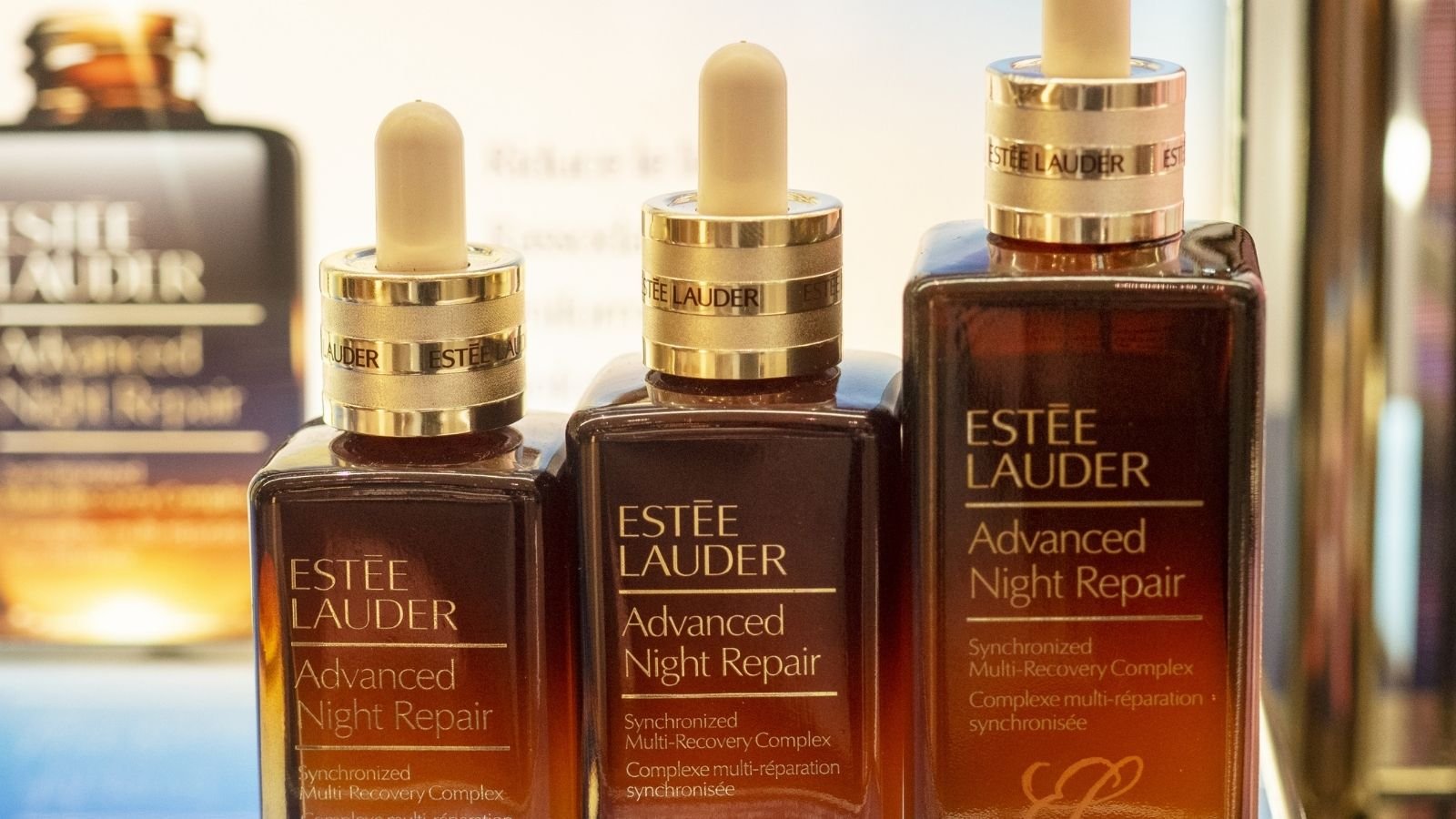
Despite their claims of supporting cruelty-free practices, the brand has admitted to testing on animals when required by law. While truly cruelty-free brands have stopped marketing and selling their products in China, Estée Lauder continues to do so, even though animal testing is mandatory for cosmetics sold in the Chinese market. In 2012, a lawsuit was filed against the company for falsely marketing its products as ‘cruelty-free,’ which was eventually dismissed in October 2013.
L’Oréal
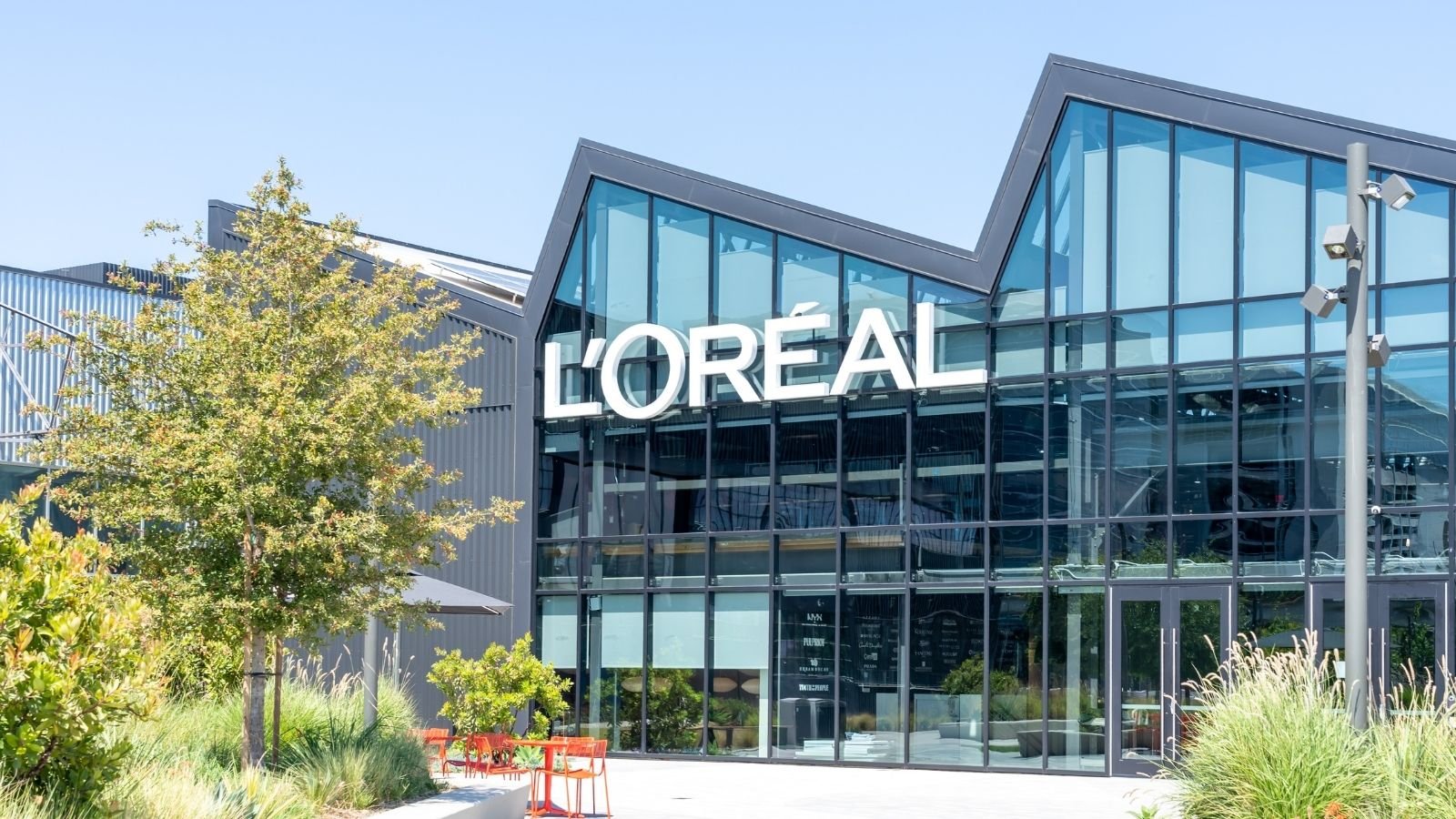
L’Oréal has publicly stated its commitment to ending animal testing, yet it continues to operate in markets like China, where animal testing is legally required. While the company claims that animal testing has been stopped since 1989, People for the Ethical Treatment of Animals (PETA), Cruelty-Free International (CFI), and other non-profit organizations continue to allege that the brand continues to test its products on animals. After years of rigorous campaigning by PETA, the brand, in October 1993, agreed to end its controversial animal testing procedures for its cosmetics, creating history in the process. However, this still leaves the brand room to test its ingredients and pharmaceuticals on animals.
Revlon
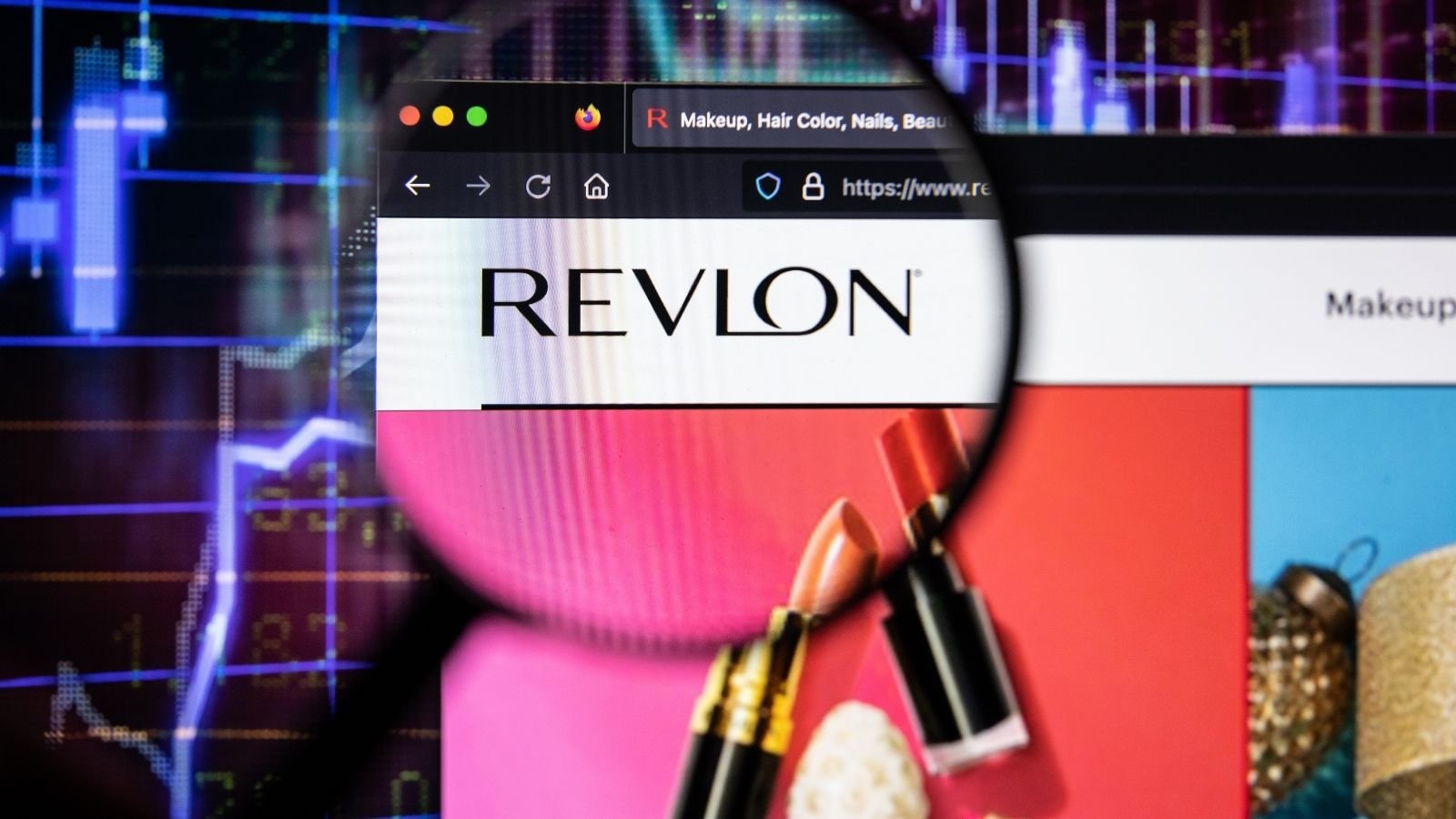
Revlon, another beauty industry giant, has been linked to animal testing due to its presence in China. In the 1980s, Henry Spirra published an ad highlighting the Draize test followed by the brand, forcing it to focus on alternative measures. This prolonged campaign caused Revlon to make a $250,000 grant to Rockefeller University. The company thus held a cruelty-free status after this but lost it when it re-entered the Chinese market in 2012, where animal testing is required.
Bobbi Brown
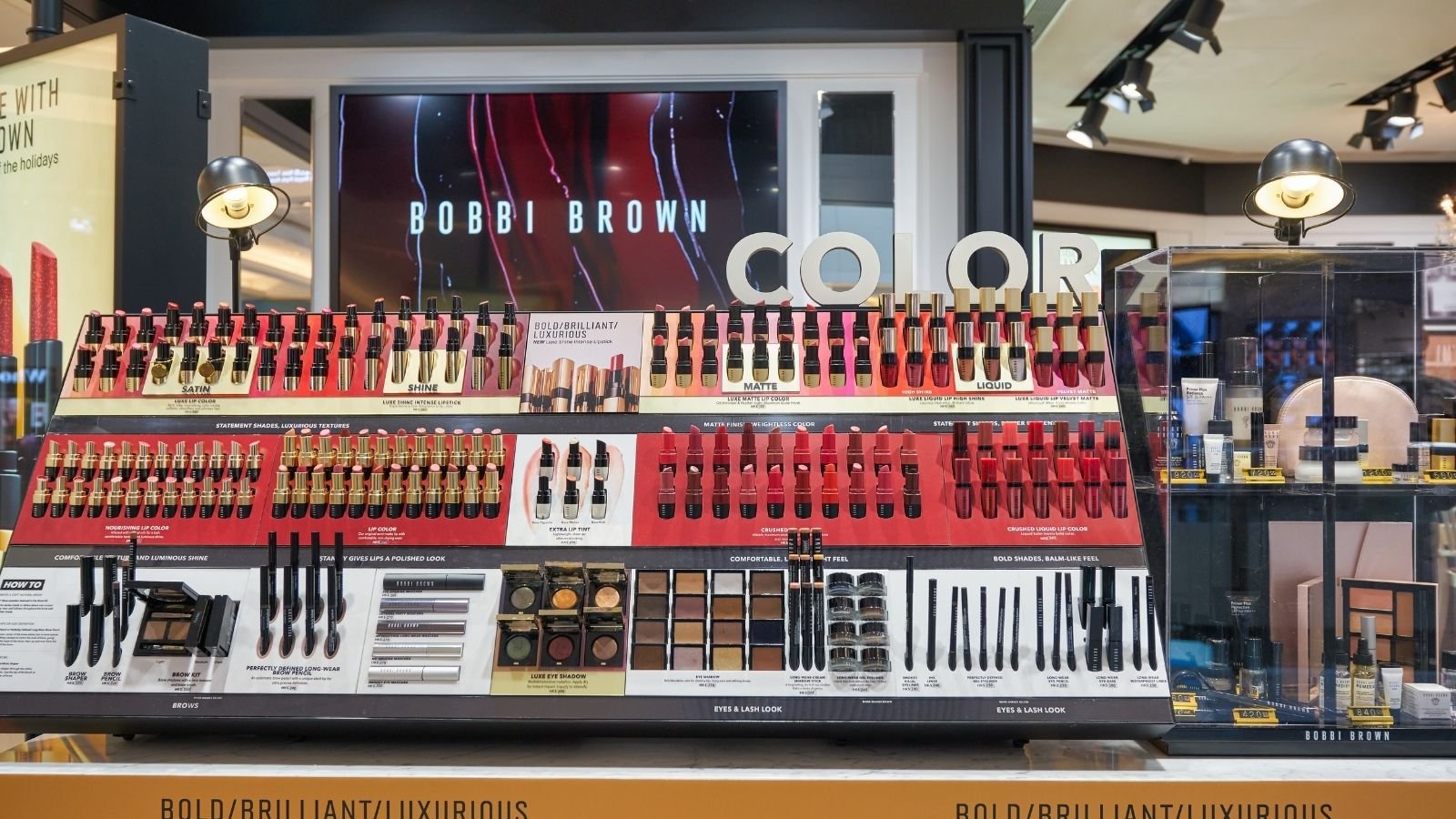
Bobbi Brown, another Estée Lauder brand, has lost its cruelty-free status due to its presence in markets where animal testing is mandatory. The brand has faced backlash for not upholding the cruelty-free standards and admitting to paying others to test on animals on their behalf.
Shiseido
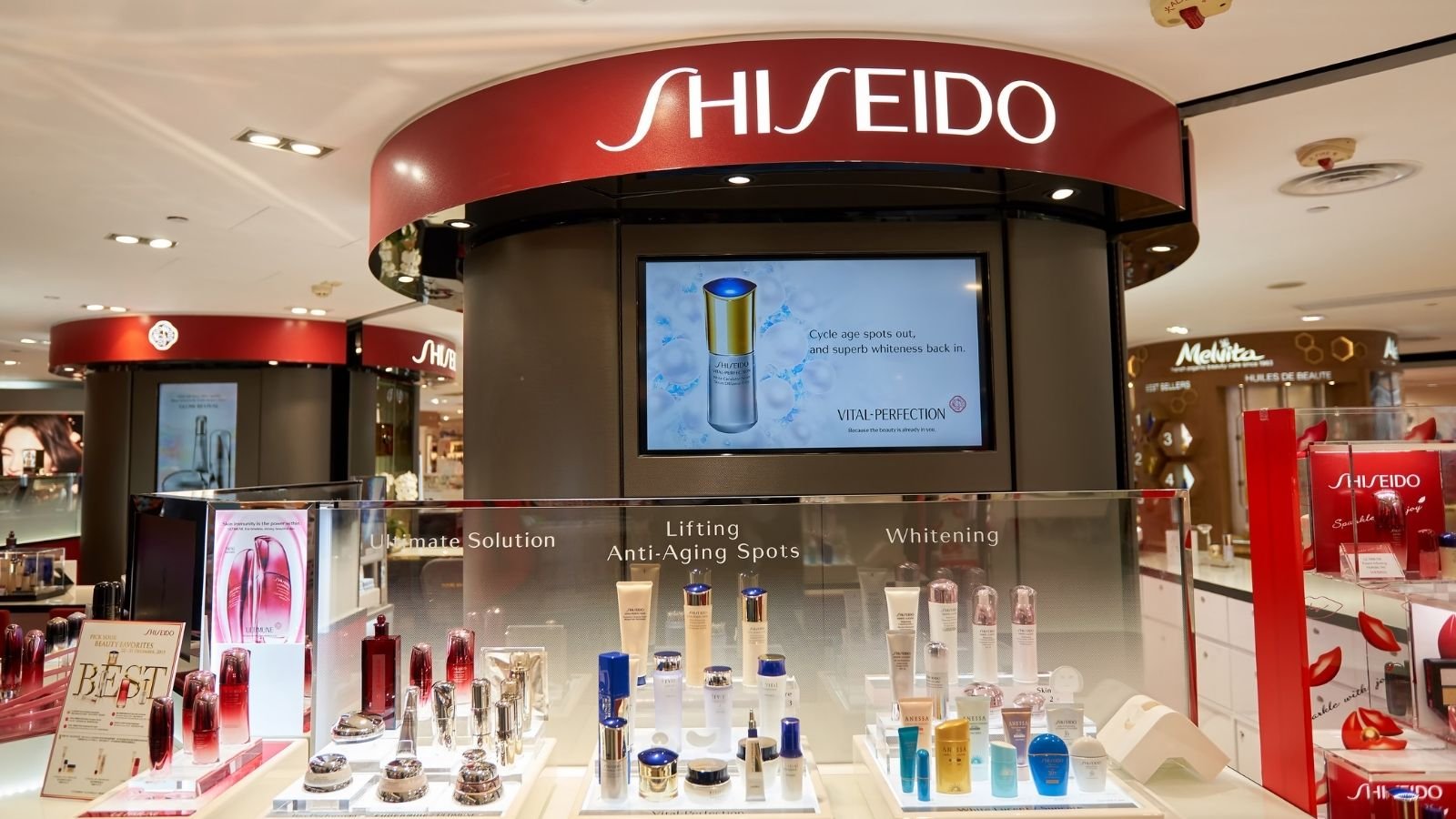
Shiseido, a Japanese multinational, once committed to being cruelty-free. Founded in 1872, the corporation acquired Nars Cosmetics, a cruelty-free brand, in 2000. While Shiseido strictly maintained Nars’s cruelty-free status, in 2017, Nars was launched into the Chinese market, losing its cruelty-free status. Shiseido’s decision to prioritize market expansion over cruelty-free practices has been heavily criticized.
Lancôme
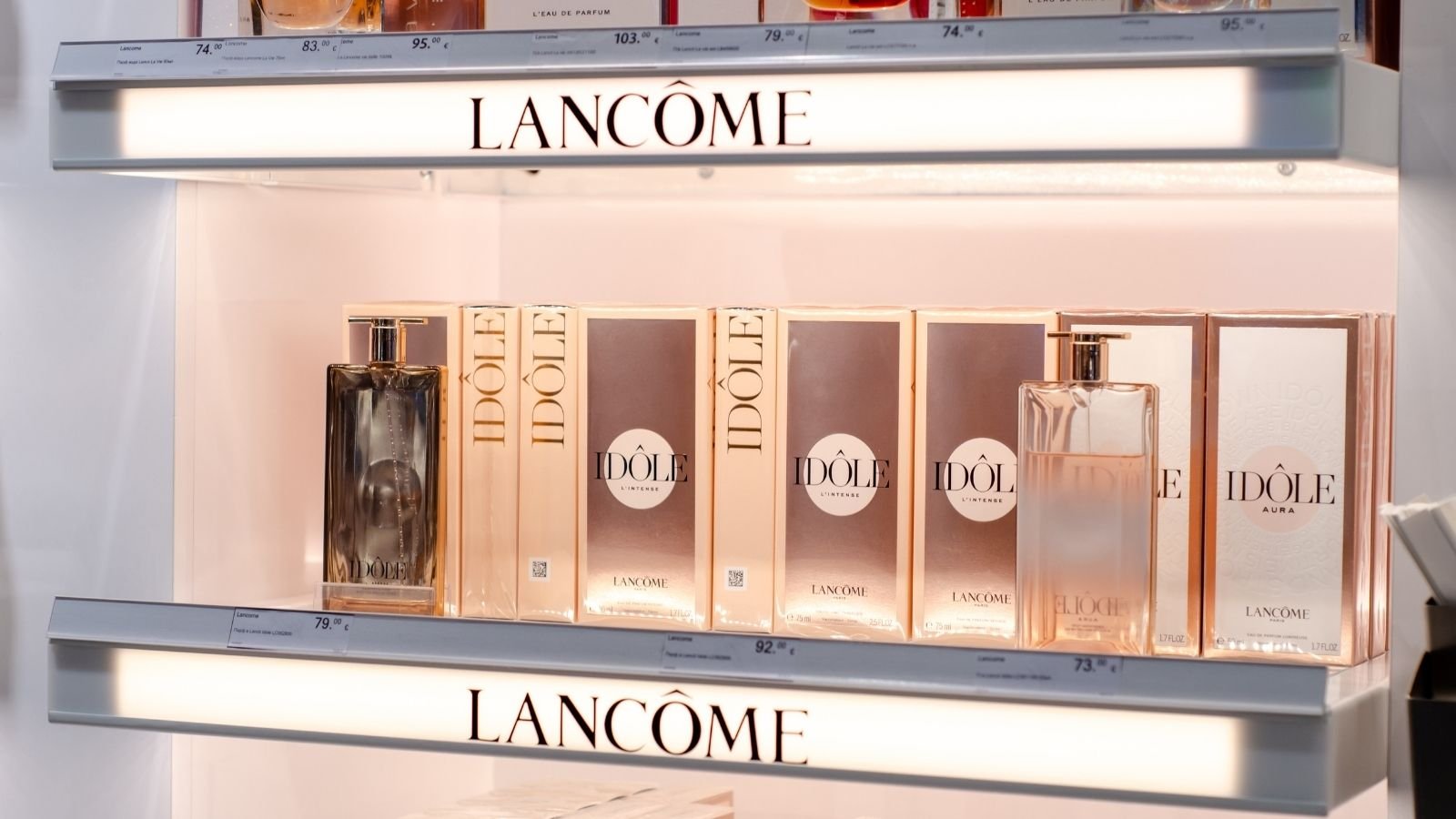
Lancôme, as a subsidiary of L’Oréal, adheres to the company’s global policies, including those related to animal testing. L’Oréal has made significant strides in reducing animal testing over the years, including investing in alternative testing methods like in vitro testing and creating predictive models.
However, the company continues to face the heat because it sells products in markets like China where animal testing is a necessity by law for certain cosmetics. This has led to Lancôme’s inclusion on various lists of companies that test on animals, despite L’Oréal’s broader commitment to finding alternatives to animal testing.
Clinique
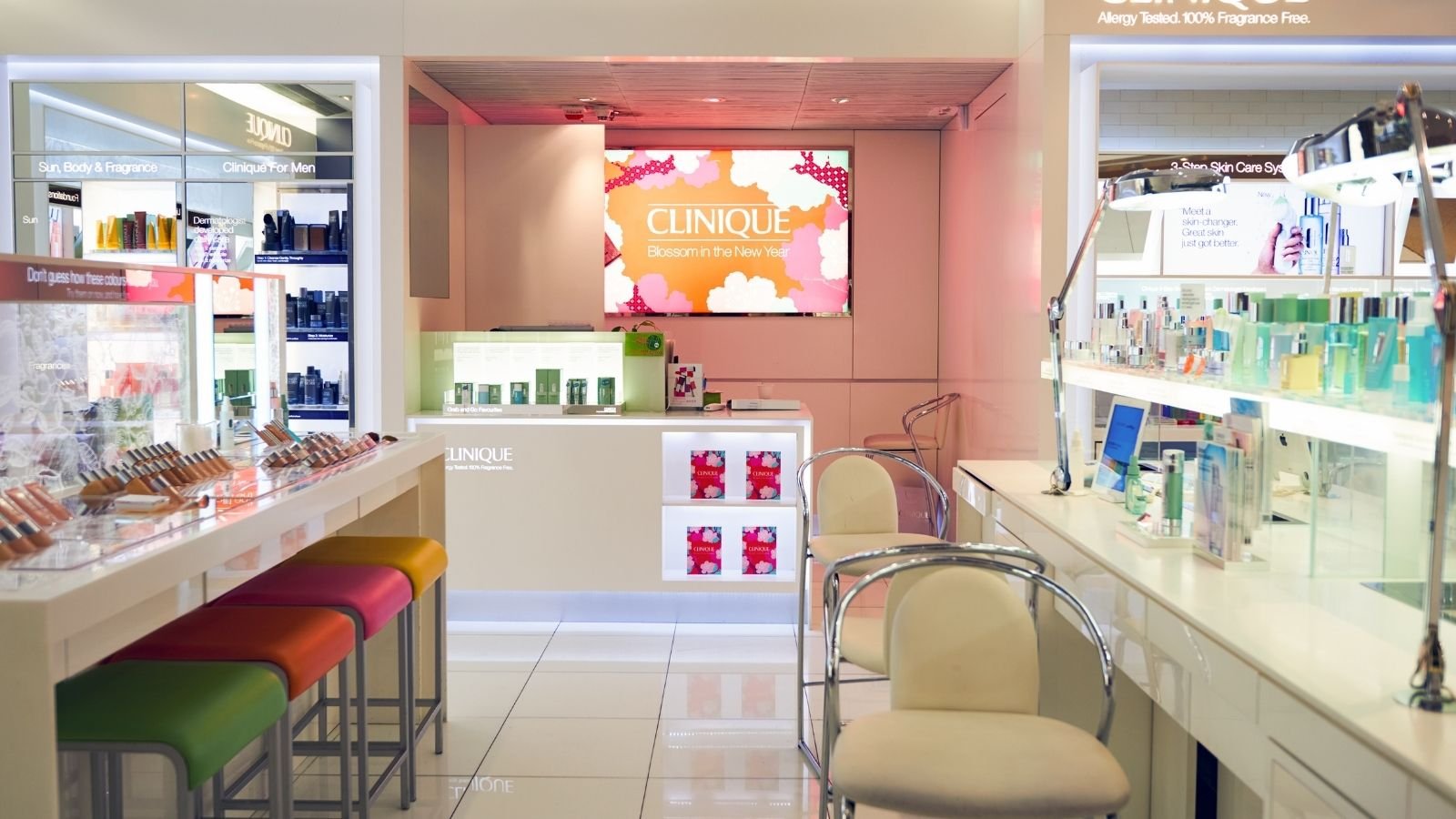
Clinique, also owned by Estée Lauder, follows the same practices as its parent company. The brand is available in China and thus complies with the local laws that mandate animal testing despite its efforts to market itself as cruelty-free.
MAC Cosmetics

MAC Cosmetics, owned by Estée Lauder, was once a pioneer in cruelty-free beauty. The brand retained its cruelty-free status until 2012, when it expanded into the Chinese market. The brand has faced significant consumer backlash and protests from animal rights groups, including claims regarding the misleading information on its website about its animal testing policies.
Maybelline
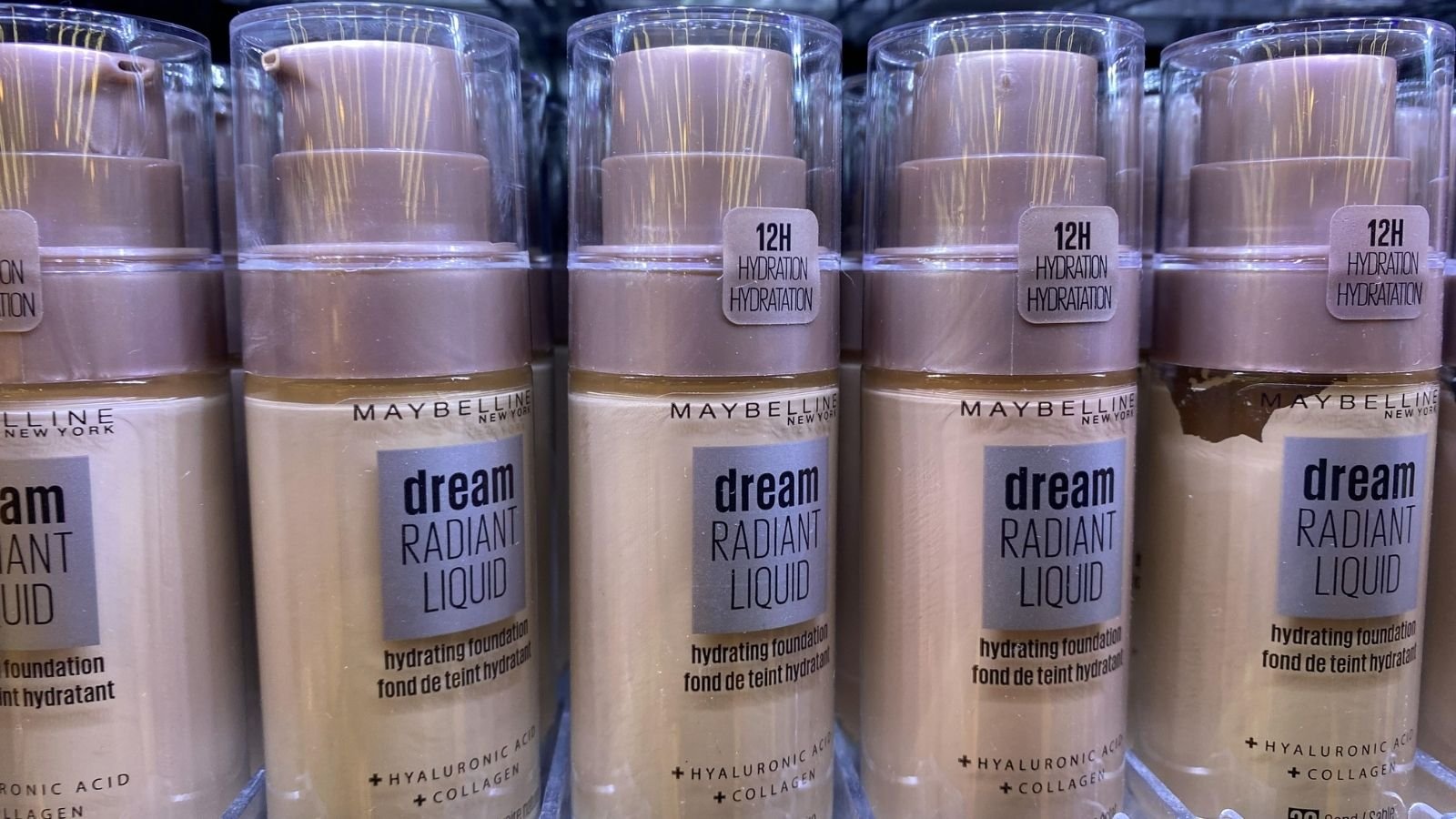
Maybelline, a subsidiary of L’Oréal, is another brand that has come under fire for its animal testing practices. While the company claims to be cruelty-free, its products are sold in countries like China, where animal testing is mandatory, thus contradicting its stance. While China has relaxed its mandates on animal testing, Maybelline has reportedly not devised any strategies or plans to meet the preconditions laid down by the country to avoid animal testing, thus making it a non-cruelty-free brand.
Avon
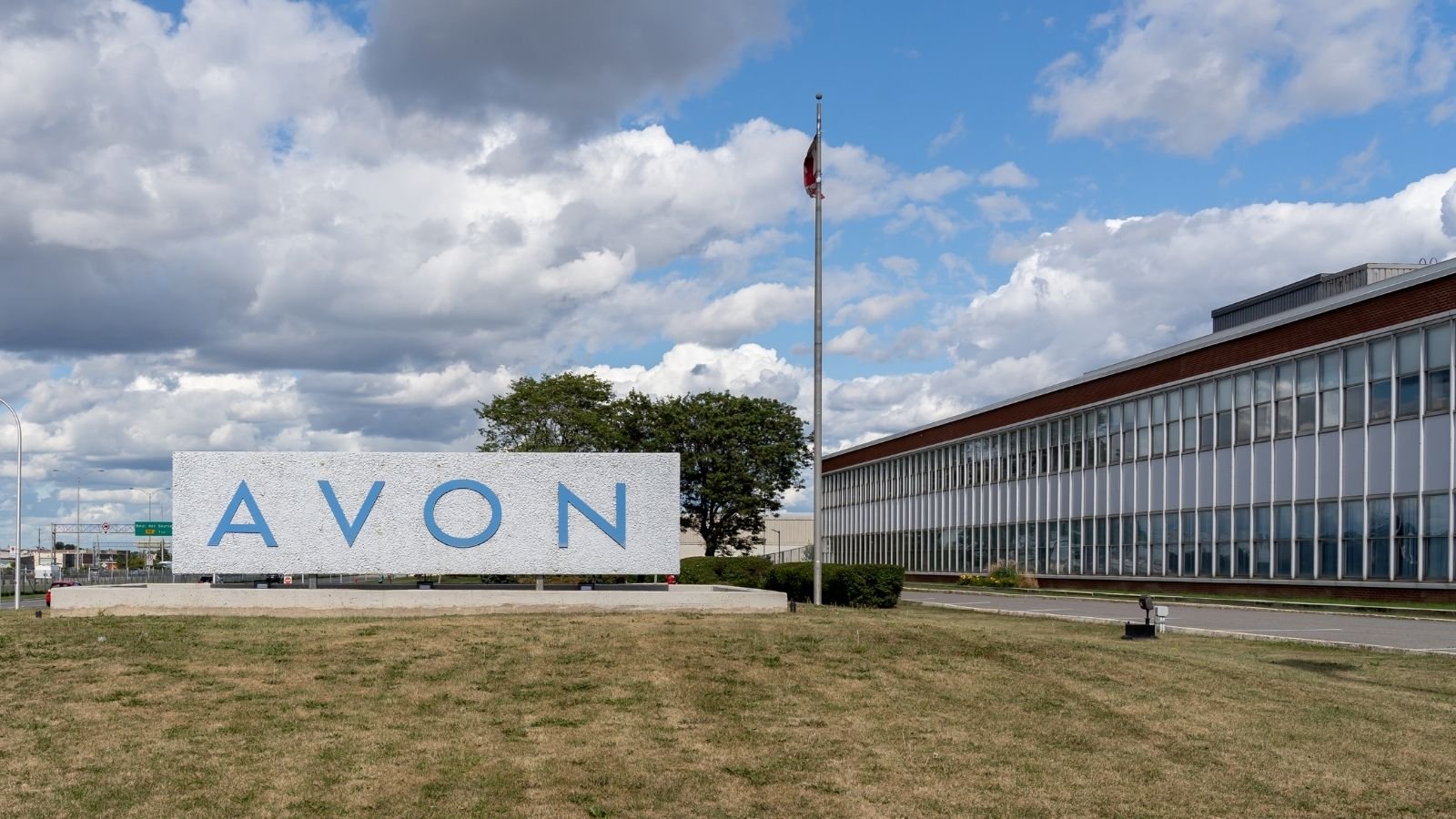
Avon was once a leader in the fight against animal testing, being one of the first major beauty brands to announce a ban on animal testing in the late 1980s. The company walked hand-in-hand with Revlon to stand against cruel animal testing methods under the pressure of Henry Spirra, the founder of Animal Rights International. However, the company resumed testing on animals to comply with Chinese regulations, which has tarnished its cruelty-free image. The brand faced a lawsuit accusing it of mislabelling its products as cruelty-free while marketing its products in China.
Dior
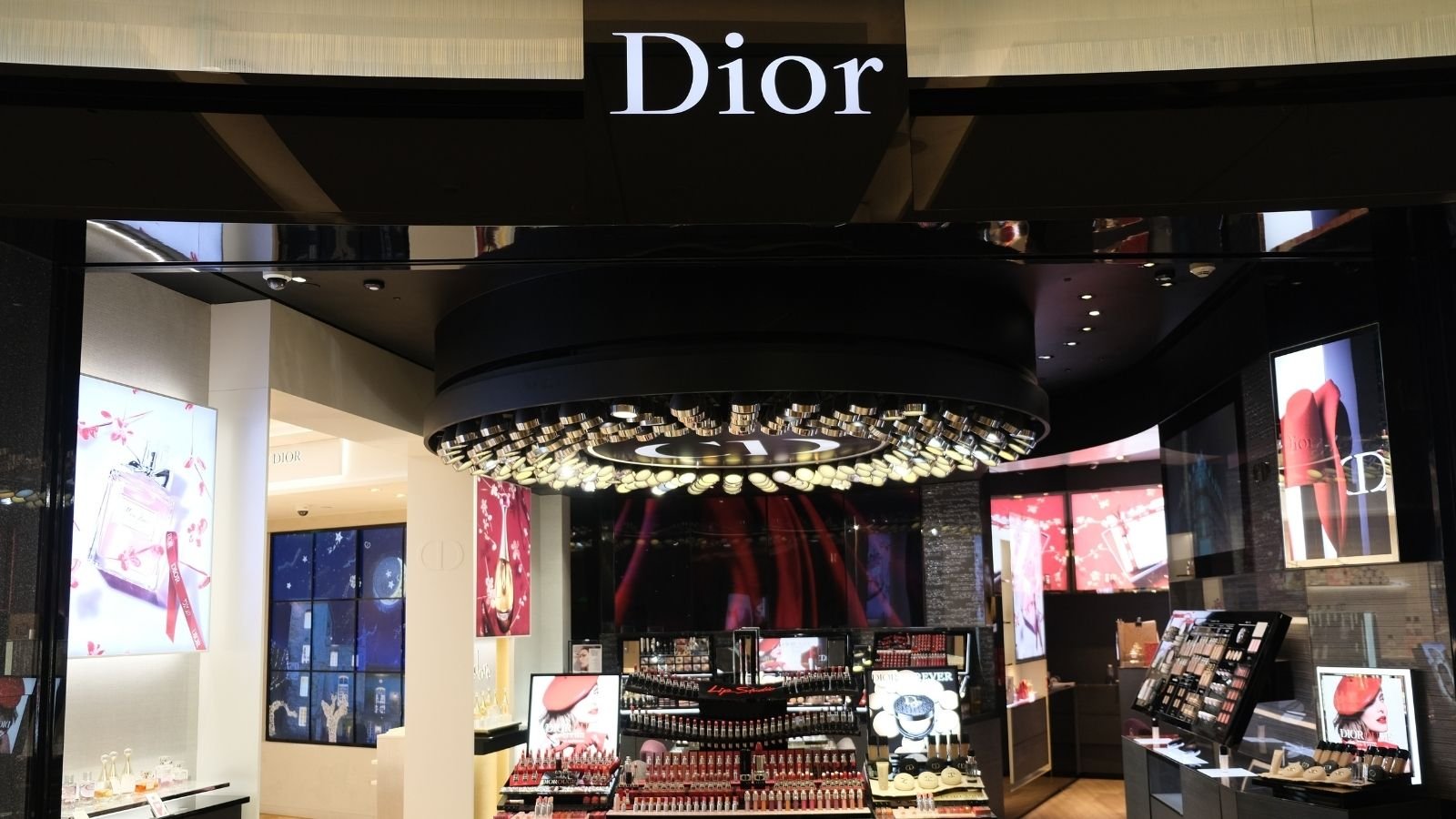
Dior, owned by the parent company LVMH, has faced criticism for its ambiguous stance on animal testing. PETA has projected videos and messages in the iconic landmarks of Paris, where the country is hosting the 2024 Olympics, to raise awareness of the cruel practices of animal testing and the use of animal skins by Dior and its parent company.
Benefit Cosmetics
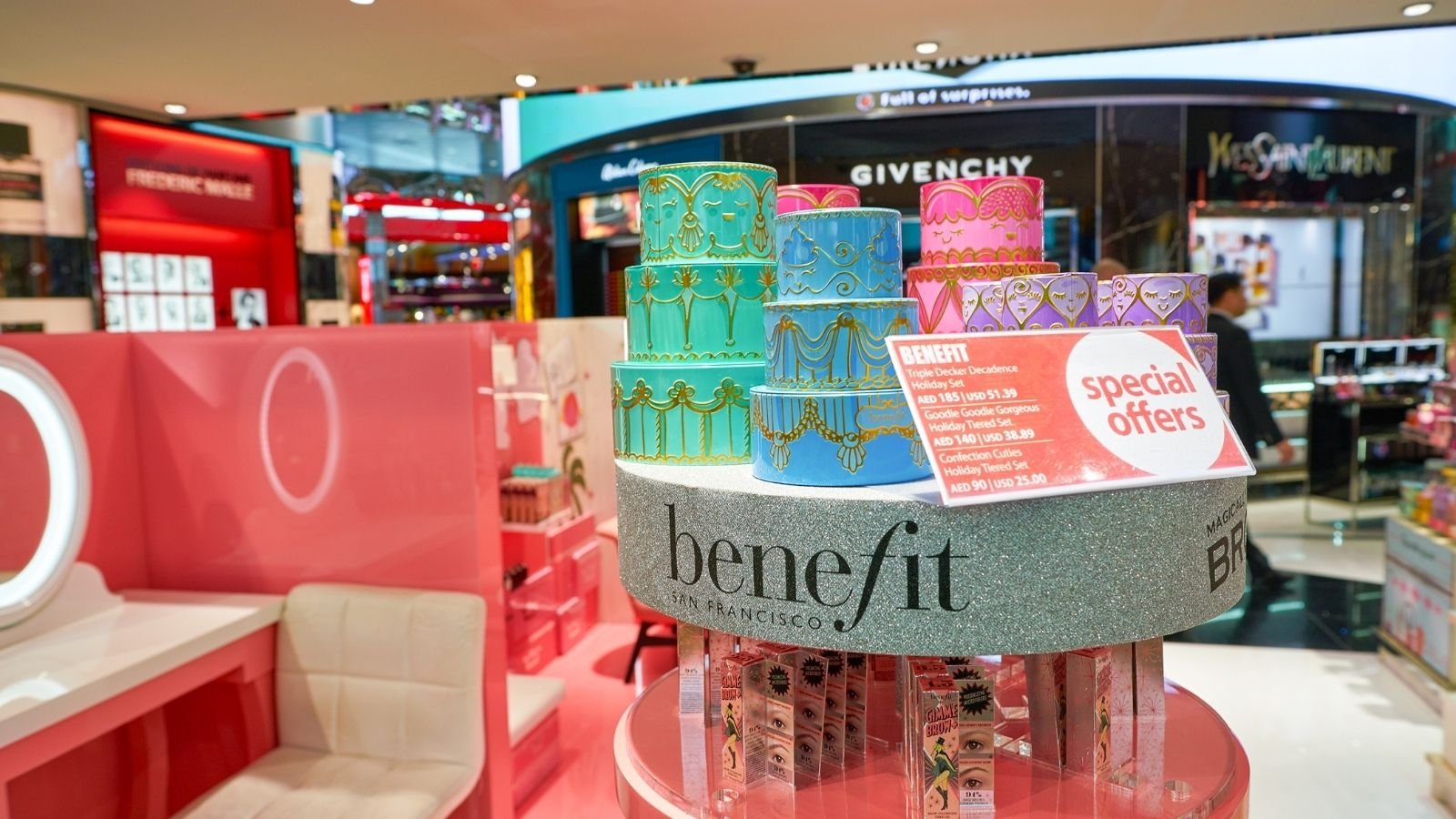
Benefit Cosmetics, owned by LVMH, also tests on animals where required by law. Despite its playful and positive branding, the company has been criticized for not adopting a fully cruelty-free approach. While it claims that its products are not tested on animals, its testing procedures on the ingredients it uses remain ambiguous.
